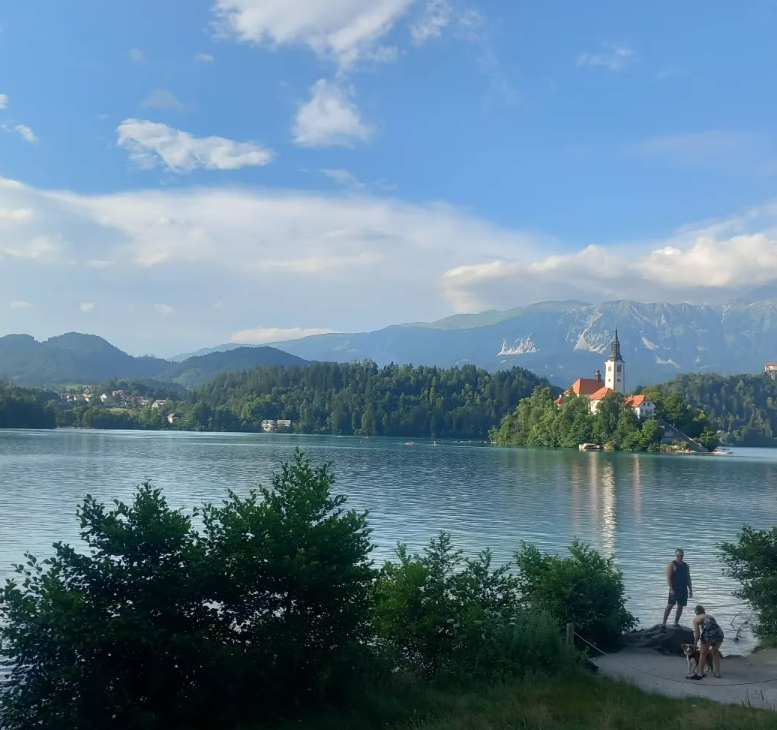By Stephanie Israel
The Netflix Original, Sex Education, has risen to popularity since the second season came out earlier this year. In all honesty, I wasn’t aware of the existence of the show until I saw the massive character portraits plastered all over Cathays and the plethora of Facebook posts about students being extras on the show. I wasn’t all that interested in another high-school teenage romance bullcrap, the typical kind that Netflix likes to churn out. But ever since a friend whom I trust the opinions of completely and utterly recommended it to me, my curiosity overflowed, and I knew I had to restart my Netflix subscription so I could indulge myself yet again in the completion of an entire series within 24 hours.
I was hooked to the plot and the characters straight away. The diversity of the characters in terms of ethnicity and sexuality made it seem real, sort of like a microcosm of my own friendship groups. In that way, I was able to Identify with different aspects of each individual character which is a testament to how extraordinary the writing is. The show demonstrates how childhood, home lives, religious backgrounds, amongst many other things, are what makes us who we are. In the case of Adam Groff, for instance, he may seem at first like your typical school bully, but that is fully uncovered when we see into his home life and his troubling relationship with his father. The three dimensionalities of each and every character makes the show such an engaging and relatable piece of entertainment, a performance that everybody can find at least one thing to resonate with.
The show’s representation of sex is unlike how most other teenage dramas out there demonstrate it to be. There is a sense of realism in that the show does not romanticise the act of engaging in intercourse and highlights that, more often than not, sex can be quite an awkward, uncomfortable and complicated experience. But the characters of Otis and his mother, Jean, show how sex is a learning process, something that people can be taught in order to get better at, and more meaningfully so, uncover aspects of themselves in the process. A particular scene that encapsulates this succinctly is when Otis gives his science teacher advice in how to ÔÇÿtune in’ into his partner’s sexual needs. An adult, who’s traditionally more expected to be somewhat educated about the act of sex, is taking advice from his 16-year-old student, showing that age is irrelevant in terms of learning and evolving in sex.
What I really enjoyed about the show was the dynamic between Eric and Otis. Two people from completely contrasting backgrounds and personalities bonding over the same activities and gossip and being completely supportive of each other is a breath of fresh air, to say the least. I love how non-antagonistic their relationship is and although they have certain disagreements, there is maturity within these two characters that helps them to reach a resolution. Similarly, the characters of Maeve and Aimee follow the same suit in a way that they are two people with completely opposing personalities, yet they fully and unconditionally lend each other a helping hand in times of inevitable trouble. Their will to join forces to fight against evil is evident in the chilling scene where Aimee was sexually assaulted on the bus. Their sisterhood is so inspiring, and I wish more teenage programs would show two female characters being each other’s rock, instead of each other’s enemies.
Sex Education is really a must-watch within people of our age group. The show tackles subjects that are relevant to our contemporary experiences but expresses them in a way that is reassuring and non-threatening. I love how the show makes an effort to educate its audience about sex, health and friendships in a way that is both informative and entertaining.


